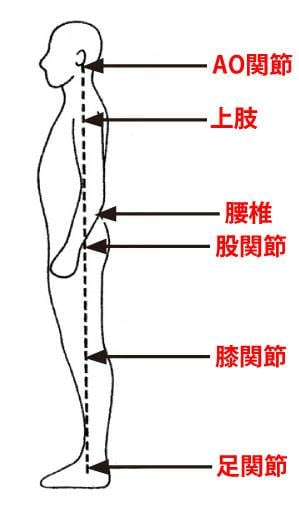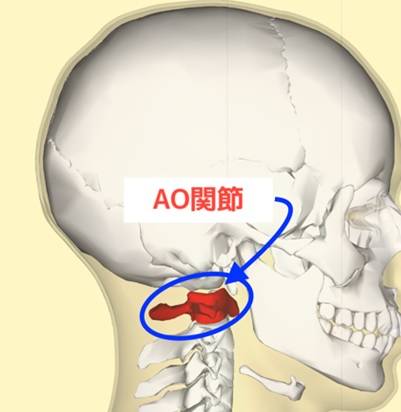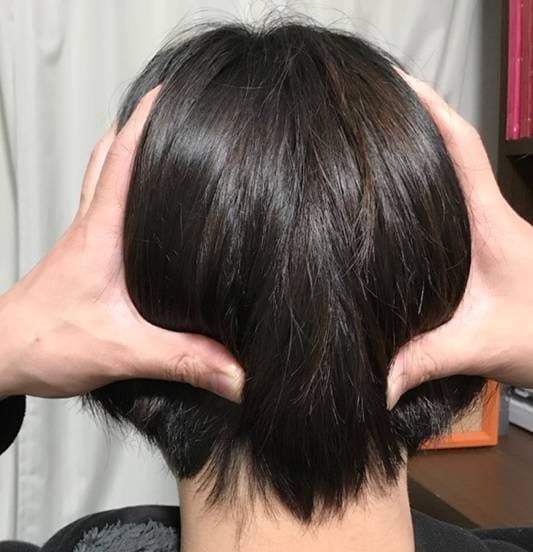Hello!
My name is Takuto Fujioka, guitarist in an acoustic unit called BABY BABY and an occupational therapist. Thank you for always reading!
Continuing from the last time, I would like to talk about posture!
In the last article
What is important for playing an instrument?
"A well-balanced posture where you can relax with ease"
Last time I talked about that.
This time, I would like to talk about "What is balance to a guitarist?"
There are several factors that a person needs to balance, but let's first look at "where to balance"!
There are 6 places in total.

Atlanto-occipital joint (hereinafter referred to as AO joint)
・Upper limbs (arms)
・Lumbar spine (lumbar)
・Hip joint
・Knee joint
・Ankle joint (ankle)
It's a simple diagram, but please try your best to understand it.
In the rehabilitation industry, when a person is viewed from the side, the line connecting this vertically with a straight line is called the center of gravity line, which is often looked at when evaluating the position and balance of the center of gravity.
"Balance" in this column does not mean to stiffen or stop moving.
It refers to "relaxing unnecessary force and moving the body (joints and muscles) according to the movement to maintain stability"!
Imagine, for example, a street performer putting a ball on a stick to balance it.
I think that instead of increasing tension and hardening the body, the whole body is constantly moving to change the posture as the center of gravity of the ball moves.
Be flexible, not forceful. This is the image you should have in mind.

This time, let's dig a little deeper into the AO joint.
The AO joint is the joint between the atlas (red bone), the uppermost bone of the spine, and the occipital bone.
It is a joint that moves mainly when you face up or down. It is said that this joint is responsible for 50% of the flexion and extension of the neck.
However, I don't think I've always been aware of joints like this.
Therefore, the joints are easily fixed into a static position and the muscles around the neck tend to be stiff.
The neck bends from the top! Maybe some people learned this for the first time.
Doesn't it feel like your neck bends from the top of Adam's apple?
Before I studied anatomy, I thought so, or I should say I had never really thought about it (laughs).
There are many things that you don't know in terms of what's going on with your body.
However, knowing the position and movement of the joints that balance the body and not knowing it will make a considerable difference in the movement of and tension in the body (muscles) is important!
In the previous column as well, as a bad example when practicing the guitar, I put up the posture of looking down desperately at the fret board.
That kind of posture puts a lot of strain on your body.
The muscles around the neck become tense because the head is fixed in such a position while the neck is bent more than necessary.
As a result, the muscles of the whole body become tense and useless force is applied, which leads to a tense posture.
If this happens, it may cause you to use excess strength, and picking may not be stable or it may be difficult to get on the rhythm, which may interfere with the performance.
Knowing the correct position and movement of joints is the key to releasing muscle tension and fixing your posture!
First of all, please try to touch this joint by yourself.
If you touch the back of your head with both hands at the same height as your earlobes, you will see that there are two bumps.
The area below it is the AO joint, so try moving your head up and down while touching it.

Sorry for the confusing photo....
You can feel the movement of the AO joint!
Does balance really have anything to do with playing the guitar? Some people may think that it doesn’t.
It depends on your playing style, but it doesn't seem necessary to balance your body unless you move a lot.
However, if you keep the same posture for longer periods of time, your joints will become stiff and your muscles will continue to be tense.
Unknowingly, the muscles there shrink and become stiff, and the body does not move as it is supposed to, and if you do not notice it, the body will remember that posture and become it will become a habit of chronic muscle fatigue and it is also possible that it will lead to unexpected injuries.
If you can notice the change and release the tension of the muscles that fix the joints at such times, you will be able to enjoy music more freely and comfortably!
What is balance to a guitarist?
I think that it is "to be able to move the whole body flexibly according to the movement of playing the guitar".
If you look at the posture of professional guitarists performances from this perspective, you may find something interesting.
There are many other things I would like to talk about regarding joints, but this time around I’ll stop here!
I would like to write about this again if I have the opportunity. ‘Til next time!


























